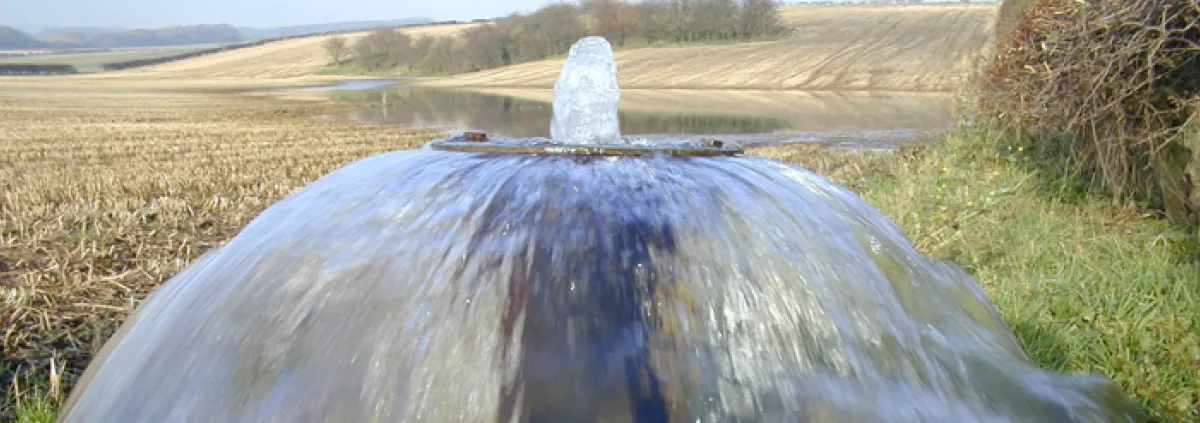Found beneath the surface, filling pores and cracks in the underlying soil and rocks, groundwater contributes to around 30% of the U.K. water supply. Levels are higher over winter and peak in spring, although prolonged periods of rainfall can cause groundwater levels to rise beyond the water table to the surface causing flooding and can rise up through floors, basements, sewers, and drains. Groundwater flooding can be highly disruptive, may last several months, and can cause extensive long-term property damage in addition to health risks to the population.
Groundwater is one of the lesser-known, but no less significant forms of flooding, could climate change impacts such as milder, wetter winters lead to an increase in this type of flooding? What can be done to increase awareness and mitigate its impacts?
In 2021, the British Geological Survey (BGS) was appointed to forecast groundwater flooding for the Flood Forecasting Centre (FFC) until 2024, in partnership with the Met Office and the Environment Agency. However, BGS acknowledges groundwater flooding is challenging to forecast as it results from subsurface flow processes that are hard to observe and difficult to characterise.
This link provides information on the BGS Aquimod software used in modelling.
